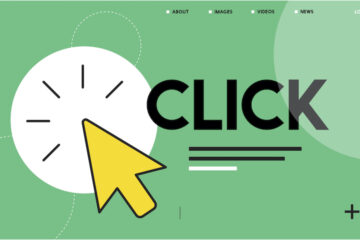
Cognitive Walkthrough: A User-Centered Evaluation Technique
Cognitive walkthrough is a user experience (UX) evaluation technique that focuses on the usability of an application or website. It helps to identify any potential points of confusion and frustration for users by simulating their thought process as they interact with the product. The cognitive walkthrough method allows designers to evaluate how well their product meets user needs, and make improvements accordingly. By understanding how users think about a product, designers can create an interface that is more intuitive and easier to use.
The process of conducting a Cognitive Walkthrough involves four steps:
Identifying the target users: The first step in conducting a Cognitive Walkthrough is to identify the target users of the product. This information will help you to understand the user’s needs, goals, and mental model as they interact with the product.
Defining the task:
The next step is to define the task that the user is trying to complete using the product. This could be anything from completing a form to finding a specific item in a list.
Evaluating the task steps:
Once the task is defined, the next step is to evaluate each step in the process of completing the task. This involves simulating the thought process of the user as they interact with each element of the product. The evaluator should identify areas where the user might encounter difficulties or confusion, and make recommendations for improvement.
Improving the design:
The final step is to make improvements to the product based on the findings from the Cognitive Walkthrough. This could involve changing the wording of instructions, rearranging elements on a page, or adding additional functionality to help the user complete their task more easily.
Cognitive Walkthrough is an effective method for improving the usability of a product because it allows designers and developers to identify areas for improvement from the perspective of the user. This user-centered approach helps to ensure that the final product is designed with the needs and goals of the target users in mind, resulting in a more intuitive and enjoyable user experience.
In conclusion, Cognitive Walkthrough is a valuable tool for designers and developers looking to improve the usability of their products. By simulating the thought process of the user, this method helps to identify areas of confusion and difficulty, and make improvements that enhance the overall user experience.



